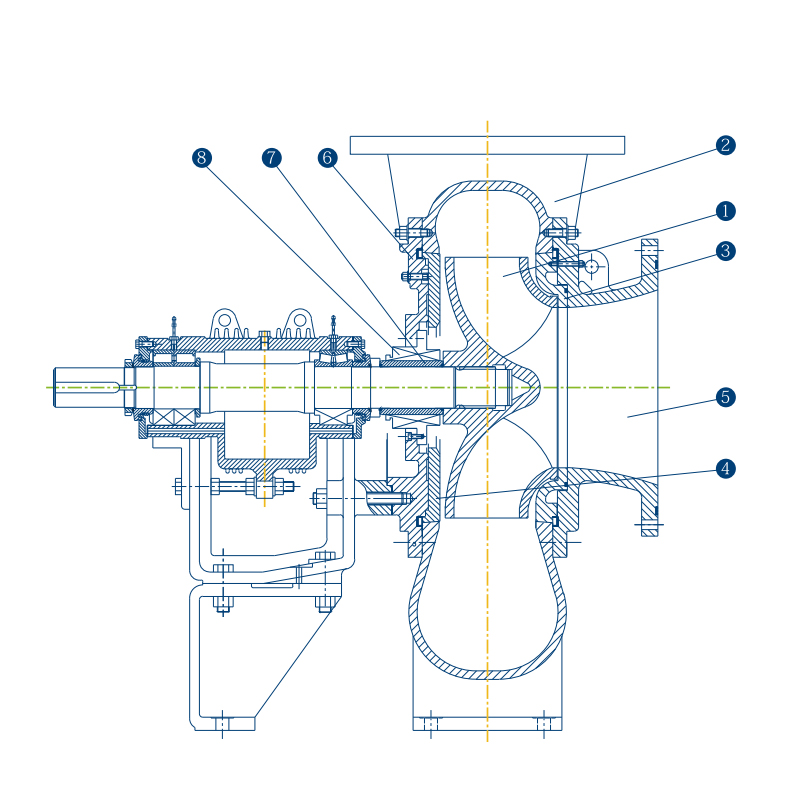Cebuano
- Afrikaans
- Albanian
- Amharic
- Arabic
- Armenian
- Azerbaijani
- Basque
- Belarusian
- Bengali
- Bosnian
- Bulgarian
- Catalan
- Cebuano
- Corsican
- Croatian
- Czech
- Danish
- Dutch
- English
- Esperanto
- Estonian
- Finnish
- French
- Frisian
- Galician
- Georgian
- German
- Greek
- Gujarati
- Haitian Creole
- hausa
- hawaiian
- Hebrew
- Hindi
- Miao
- Hungarian
- Icelandic
- igbo
- Indonesian
- irish
- Italian
- Japanese
- Javanese
- Kannada
- kazakh
- Khmer
- Rwandese
- Korean
- Kurdish
- Kyrgyz
- Lao
- Latin
- Latvian
- Lithuanian
- Luxembourgish
- Macedonian
- Malgashi
- Malay
- Malayalam
- Maltese
- Maori
- Marathi
- Mongolian
- Myanmar
- Nepali
- Norwegian
- Norwegian
- Occitan
- Pashto
- Persian
- Polish
- Portuguese
- Punjabi
- Romanian
- Russian
- Samoan
- Scottish Gaelic
- Serbian
- Sesotho
- Shona
- Sindhi
- Sinhala
- Slovak
- Slovenian
- Somali
- Spanish
- Sundanese
- Swahili
- Swedish
- Tagalog
- Tajik
- Tamil
- Tatar
- Telugu
- Thai
- Turkish
- Turkmen
- Ukrainian
- Urdu
- Uighur
- Uzbek
- Vietnamese
- Welsh
- Bantu
- Yiddish
- Yoruba
- Zulu
Telephone: +86 13120555503
Email: frank@cypump.com
Dis . 10, 2024 22:29 Back to list
Calculating Performance Parameters for Slurry Pumps Using Excel Spreadsheets
Understanding Slurry Pump Calculations
Slurry pumps are essential devices used in the transportation of slurries, which are mixtures of liquids and solid particles. They are widely utilized in various industries, such as mining, mineral processing, and wastewater management. Accurate calculations are crucial when it comes to selecting and sizing slurry pumps to ensure optimal performance and efficiency. This article delves into the core components of slurry pump calculations, providing an overview of the key factors that need to be considered.
What is Slurry?
Before jumping into the calculations, it is important to understand what constitutes a slurry. A slurry is typically a mixture of water and various solid particles, which can range from fine sediments to coarse gravel. The concentration of solids in the slurry is usually expressed as a percentage, known as slurry % or solids content. This parameter significantly influences the properties of the slurry, including its density, viscosity, and flow behavior.
Key Parameters in Slurry Pump Calculations
1. Density of the Slurry The density of the slurry is a critical factor as it directly impacts the pump's hydraulic performance. The density can be calculated using the formula
\[ \text{Density}_{slurry} = \frac{(1 - \text{slurry \%}) \times \text{Density}_{liquid} + \text{slurry \%} \times \text{Density}_{solid}}{100} \]
Here, the density of the liquid (usually water) and the density of the solids (depends on the material) are used to determine the overall density of the mixture.
2. Viscosity The viscosity of a slurry is influenced by both the concentration of solids and the nature of the solids themselves. Higher solid concentrations typically result in increased viscosity, which can affect the pump's flow rate and energy consumption. Calculating slurry viscosity can involve empirical formulas or charts based on experimental data.
slurry pump calculation xls

3. Flow Rate The desired flow rate is one of the most significant factors when sizing a slurry pump. The flow rate, often measured in cubic meters per hour (m³/h), is determined by the requirements of the specific application. It is essential to ensure that the selected pump can handle the required flow rate without causing excessive wear or energy inefficiencies.
4. Head Requirements The total dynamic head (TDH) that the slurry pump must overcome is another crucial parameter. It combines the vertical lift and the pressure losses due to friction and other factors in the piping system. The TDH can be calculated using the following equation
\[ \text{TDH} = \text{Static Lift} + \text{Friction Losses} + \text{Miscellaneous Losses} \]
Proper calculations of the TDH ensure that the pump selected will perform adequately in the given conditions.
5. Pump Selection Once the density, viscosity, flow rate, and head requirements are determined, the next step is selecting the appropriate slurry pump. Factors to consider during the selection process include the type of pump (centrifugal, positive displacement, etc.), material construction (to resist wear and corrosion), and drive type (electric, hydraulic).
Conclusion
In summary, slurry pump calculations are vital for selecting pumps that can transport slurries effectively and efficiently. By understanding the core components such as slurry density, viscosity, flow rate, and head requirements, engineers and operators can make informed decisions about the pumps they use. Accurate calculations contribute to reduced operational costs, increased safety, and improved system reliability.
The successful application of slurry pumps hinges on meticulous planning and consideration of the unique characteristics of the slurry. As industries continue to evolve, the importance of precise slurry pump calculations will only increase, ensuring the seamless transportation of solid-liquid mixtures across various applications.
-
Heavy-Duty Mining Sludge Pumps - Wear-Resistant Slurry Handling
NewsAug.02,2025
-
Horizontal Split Case Pump with GPT-4 Turbo | High Efficiency
NewsAug.01,2025
-
ISG Series Pipeline Pump - Chi Yuan Pumps | High Efficiency, Durable Design
NewsAug.01,2025
-
Advanced Flue Gas Desulfurization Pump with GPT-4 Turbo | Durable & Efficient
NewsJul.31,2025
-
ISG Series Vertical Pipeline Pump - Chi Yuan Pumps | Advanced Hydraulic Design&Durable Construction
NewsJul.31,2025
-
ISG Series Vertical Pipeline Pump - Chi Yuan Pumps | Energy Efficient & Low Noise
NewsJul.31,2025










